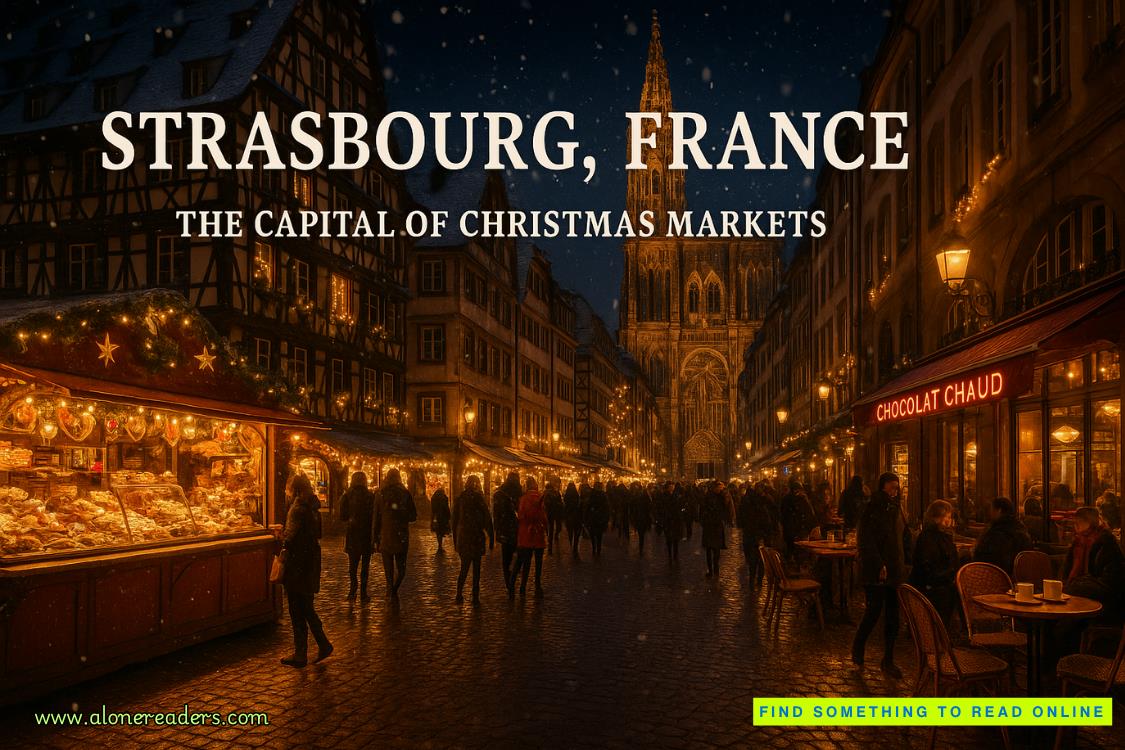Page 68 of Welcome to Murder Week
Wyatt is convinced that Edwina received us in her real home, which he reminds us was decorated with lots of old photographs, a mix of family portraits and scenes of Willowthrop.
“Edwina Flasher may be pretending to be a nosy neighbor, but I bet she’s lived in Willowthrop for a long time, maybe even her whole life, and will know something useful.”
Edwina comes to the door right away.
“More questions? How lovely.”
I get the feeling she hasn’t been visited recently by any of our competition. “Make yourselves at home. I’ll just put on the kettle.”
While she’s clanging around the kitchen, we look at the photographs on the walls, which show Willowthrop through the years. There’s even a black-and-white picture of the viaduct.
“Are you closing in on the culprit?” Edwina sets down a trayon the coffee table and drops herself into her easy chair. She waves a hand for us to help ourselves to tea and Jaffa Cakes.
“Actually, no. We’re not here about that at all,” I say. “Can we go off the record?
“Are you a journalist?”
“Definitely not. We’d like to talk simply as visiting Americans conversing with a long-time resident of Willowthrop.”
“Isn’t that what we are?”
This is going to be trickier than I thought.
“We don’t want you to make up any answers,” Amity says.
“This has absolutely nothing to do with the murder mystery?” Edwina says. “I’d hate to give you an unfair advantage. Germaine would never forgive me. She worked so hard, you know.”
“Totally unrelated,” Wyatt says.
“I suppose that should be all right.”
“Do you know of anyone by the name of Skye Little?” I ask.
“Is that a woman’s name?”
“Yes, an American woman.” I show her a picture of my mother on my phone. “This woman.”
“I’m sorry, but no.”
“Have there been many Americans passing through here?” Amity asks. “Tour groups?”
“I’m afraid not. Willowthrop is a tad off the beaten path. Tourists usually go to Bakewell, what with its famous tart—frangipani and raspberry jam, so scrummy—and thePride and Prejudiceconnection with Chatsworth House.”
“Which Austen never visited, you know,” Amity says. Good on her for trying to rein in the runaway myth.
“Of course not,” Edwina says. “She never came to Derbyshire at all. A whole lot of nonsense.”
“Finally, a voice of reason,” Amity says. “Thank you.”
“I’m afraid I’m not much help,” Edwina says. “Terribly sorry.”
“Please, don’t apologize,” I say. I’m embarrassed we’ve even troubled her. “It’s not your fault. We’re on a ridiculous quest.” I get up and walk over to the photograph of the viaduct. “I took a walk and ended up here, below the viaduct, and it was all exactly as my mother had described in a story when I was little, and it makes no sense, but I was convinced my mother had been here.” I’m babbling, but I can’t stop. “It’s so stupid, but I felt something under those arches, like the whole place was special, that I was there for a magical reason.”
“That would be highly unlikely,” Edwina says. “The place isn’t special at all; it’s rather cursed. There was a terrible fire there a long time ago. George Crowley lived there with his wife and child. He was a blacksmith, though not particularly good with horses. Rumor is that he passed out drunk, smoking a cigarette, which started the fire. He got out, of course, as did his poor wife, Ann, but then she went back in because she couldn’t find the little girl, Susan. They say that Ann Crowley was frantic, running around the property, calling for her only child. She was convinced the girl was still inside the house and ran back to find her, but a beam fell on her head, and, well, may she rest in peace.”
“How awful. Did the little girl die too?” Amity asks.
“No. She hadn’t even been inside. She’d been up late reading in the loo in the empty tub, cheeky thing, and when everyone started yelling fire, she tried to leave the room, but the door was jammed. She jumped out the window and ran off along the river all the way up to the viaduct.”















